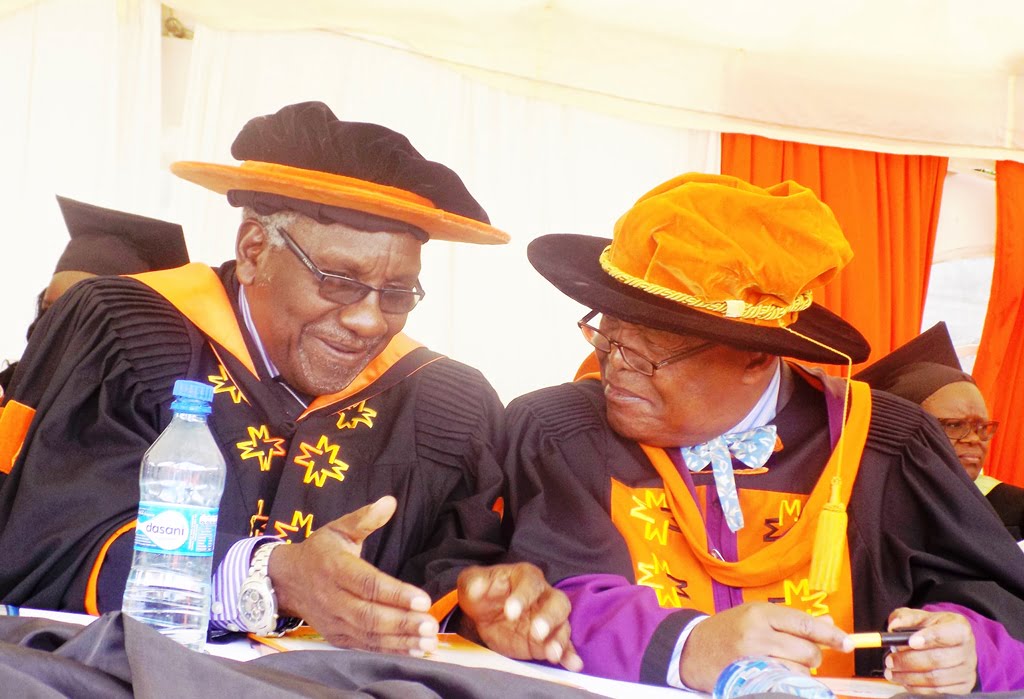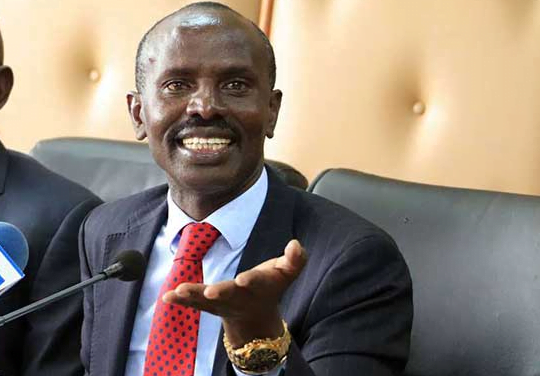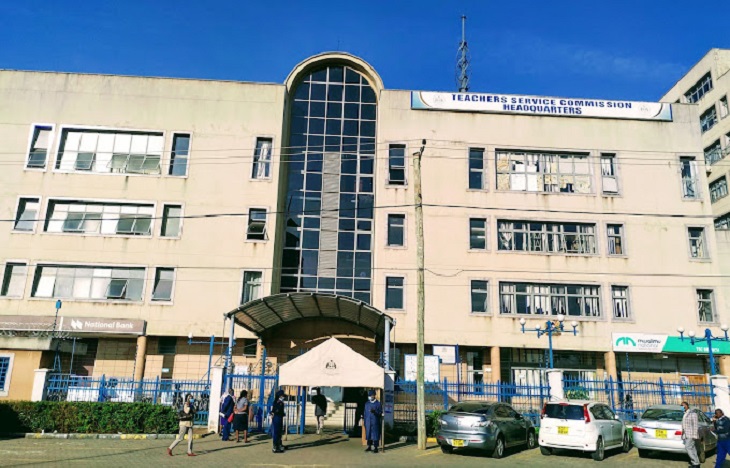By Education News reporter
Frequent amendments to the Universities Act have posed key challenges on governance and policy implementation in institutions of higher learning in the country, Commission for University Education (CUE) Chair Prof. Chacha Nyaigoti Chacha has said.
Addressing the first annual public universities conference in Mombasa on evolution of university education in Kenya, Prof. Chacha observed that universities need to appropriately respond to the legal and policy frameworks for transformative and impactful education.
So far, the Act has been amended six times; notably the Statute Law (Miscellaneous Amendments) Act 2014 and 2015, the Universities (Amendments) Act 2016, and Statute Law (Miscellaneous Amendments) Act: 2018, 2019 and 2020.
For instance, the Statute Law (Miscellaneous Amendment) Act, 2018, which was signed into law by former President Uhuru Kenyatta, stripped university councils of their recruitment role.
The law, which is still operational to date, requires that the recruitment of public universities vice chancellors and their deputies, and principals and deputy principals of constituent colleges be done by the Public Service Commission (PSC).
The move has sparked a major row between PSC and university management, with little help as to whom between the Education Cabinet Secretary (CS) and PSC should make the appointments.
This was a departure from the old practice where the councils of public universities conducted the process competitively and recommended those to be appointed to the CS.
The changes, according to Prof. Chacha, have resulted in conflict as far as separation of power between the various governance organs of a university is concerned.
The International Conference on Enhancing Education in Kenya on August 23-26, 2022 had Prof. Chacha reiterating that there is a big challenge in understanding the separation of roles and the power of the governance committee, especially in the private universities.
He underscored the importance of understanding the roles of the vice chancellor vis-a- viz the Chancellor, the roles of the council which is established as a body corporate to manage the affairs of the university, and the separation of the responsibilities between council, management and the senate.
Other challenges include inadequate funding and unclear visions establishing some universities. As such, institutions do not understand the objectives of university education.
The move has sparked a major row between PSC and university management, with little help as to whom between the Education Cabinet Secretary (CS) and PSC should make the appointments.
There is also the sticky issue of high turnover rates in governance organs, staff and student welfare organizations, as well as inadequacy of services and uncertainty in the transition to Competency-based Curriculum (CBC) in regard to interpretation, implementation and financing.
On his part, Prof. Francis Aduol, Vice Chancellor Technical University of Kenya (TUK), stated that there is need to come up with transparent policies on staff and student workloads in public universities, which will set out a clear statement on student-staff ratios.
According to Prof. Aduol, the academic staff in the category of Teaching Only (TO) have a workload of 80 per cent and 10 per cent each for community and administration respectively.
Those in the category of Teaching Intensive (TI) on the other hand have workloads of 60 per cent teaching, 20 per cent research and 10 per cent each for community and administration.
Those in the Teaching-Research (TR) standard spend 40 per cent each for teaching and research, and 10 per cent each of community and administration, while Research Intensive (RI) staff’s workload is 20 per cent teaching, 60 per cent research, and 10 per cent each for community and administration.
Those in the Research Only (RO) category have a workload of 80 per cent research and 10 per cent each to community and administration.
On average, an academic staff in a public university has 52 weeks in a year with a statutory leave of 30 days, which is equivalent to 6 weeks and cumulative public holidays of 1 week.
This leaves a balance of a working period of 45 weeks of 40 hours, bringing the average to 1,800 hours.
The working hours for the Teaching-Research (TR) category where majority fall are distributed into teaching; which is supposed to take 40 per cent (720 hours), Research; 40 per cent (720 hours), community; 10 per cent (180 hours), and administration; 10 per cent (180 hours).






